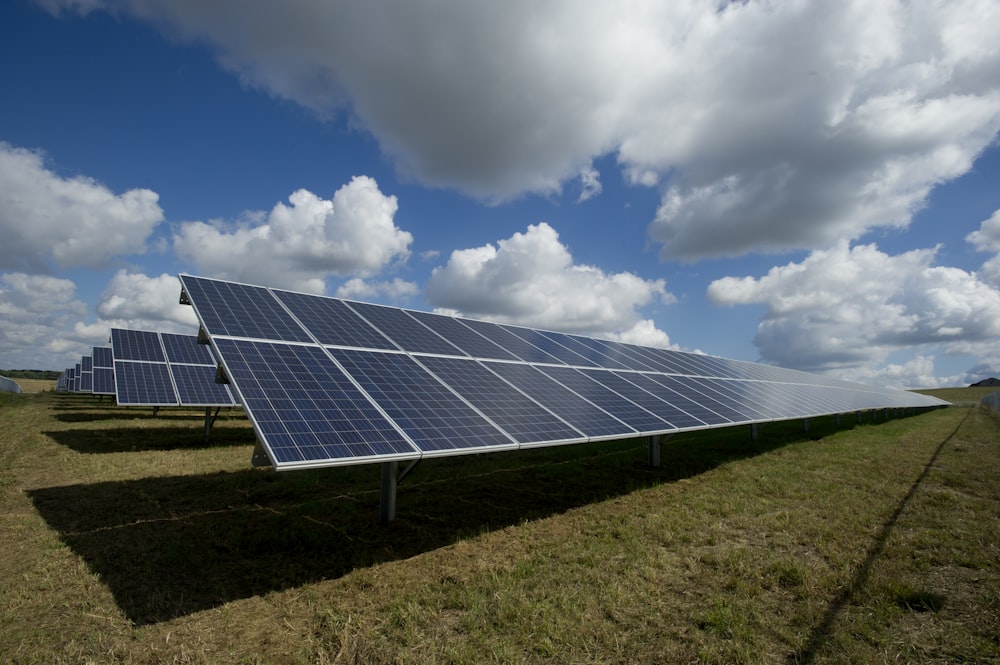Combining Solar Panels with Power Banks

Harnessing solar energy to charge your power banks creates a sustainable, off-grid power solution perfect for outdoor adventures, emergency preparedness, or reducing your environmental footprint. However, effectively combining these technologies requires understanding their compatibility, limitations, and optimal usage patterns. This guide will help you create an efficient solar charging system tailored to your needs.
Solar Panel Fundamentals
Key aspects of portable solar panels:
- Types: Monocrystalline (more efficient, expensive) vs. polycrystalline (less efficient, cheaper).
- Wattage: Ranges from 10W (small foldable) to 100W+ (larger panels).
- Voltage: Must match or exceed your power bank's input requirements.
- Size/Weight: Trade-off between portability and charging speed.
- Durability: Look for weather-resistant materials and reinforced connection points.
Power Bank Compatibility
Not all power banks work well with solar panels. Look for:
- Solar Input: Some power banks have dedicated solar charging inputs.
- Input Voltage Range: Should accommodate the panel's variable output.
- Efficiency: Higher quality converters lose less energy during transfer.
- Battery Chemistry: Lithium-ion or LiFePO4 batteries charge better with variable solar input than older NiMH.
System Configuration Options
Different ways to set up your solar charging system:
- Direct Charging: Panel connected directly to power bank (simplest but least efficient).
- With Charge Controller: Regulates voltage/current for better battery health.
- Solar Generator Systems: All-in-one units with panels, battery, and outlets.
- Daisy-Chained Panels: Connecting multiple panels for higher output.
Maximizing Solar Charging Efficiency
Practical tips to get the most from your solar setup:
- Optimal Positioning: Angle panels perpendicular to the sun's rays and adjust throughout the day.
- Clean Panels: Even small amounts of dirt can significantly reduce output.
- Avoid Shading: Partial shading can dramatically reduce performance.
- Temperature Awareness: Solar panels lose efficiency when very hot.
- Realistic Expectations: Rated wattage is under ideal lab conditions—real-world output is often 60-70% of rated.
Recommended Combinations
Effective pairings for different use cases:
- Backpacking: 20W foldable panel + 10,000mAh solar-optimized power bank.
- Car Camping: 50W rigid panel + 20,000mAh power bank with charge controller.
- Emergency Preparedness: 100W panel kit + solar generator with 300Wh capacity.
- RV/Boat Use: Multiple 100W panels + large capacity lithium battery bank.
Maintenance and Care
Extend the life of your solar charging system:
Storage: Keep panels clean and dry when not in use.
Connections: Regularly check for corrosion or damage.
Battery Care: Don't leave power banks fully discharged for extended periods.





